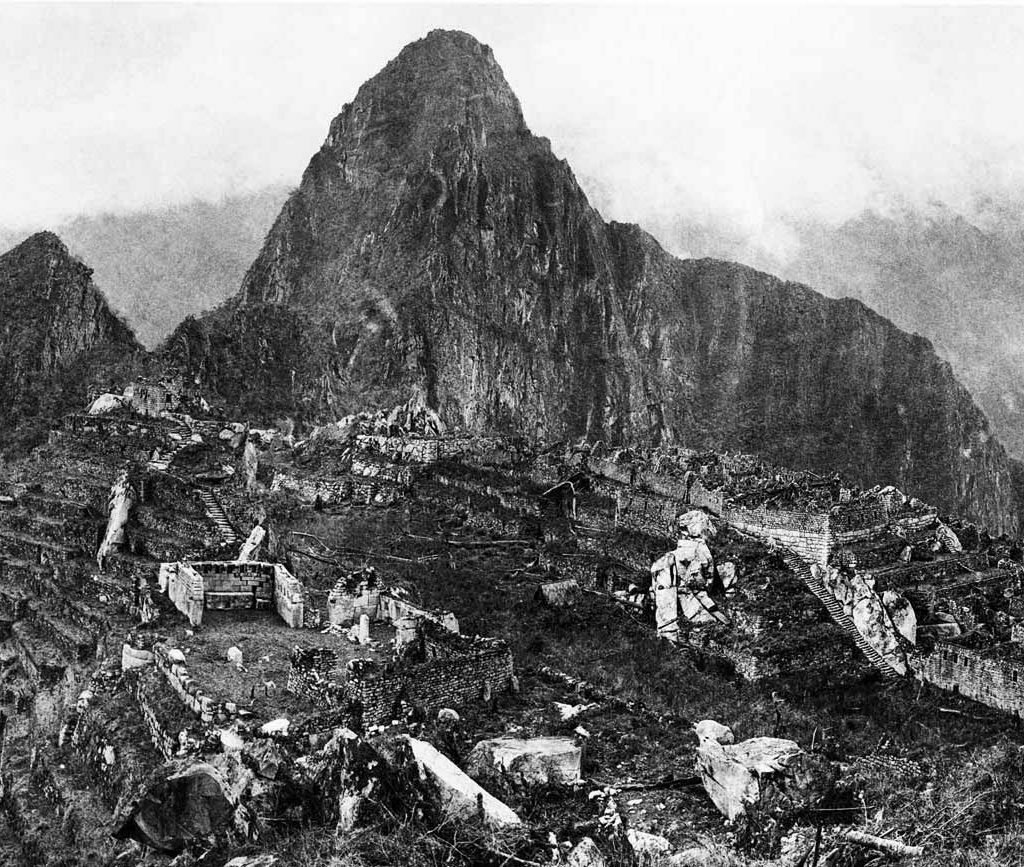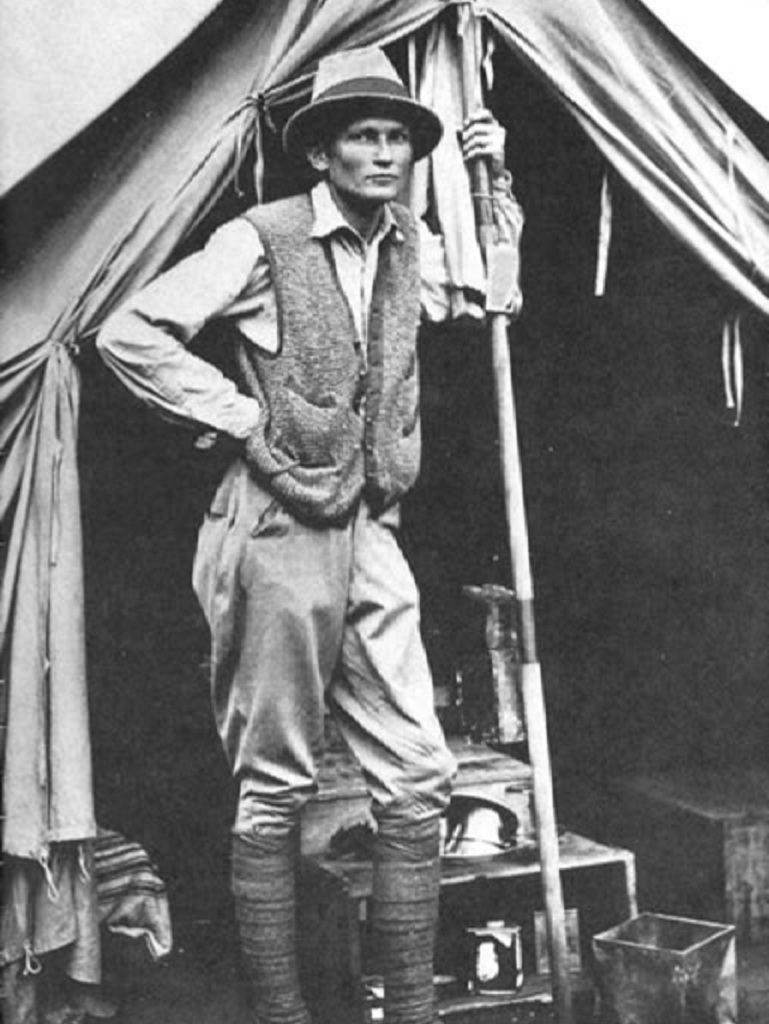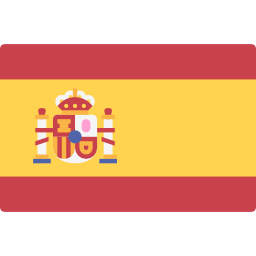Machu Picchu History
The history of Machu Picchu is fascinating, a place where the Spanish conquerors never arrived and maintains its essence intact to this day.
It is believed that Machu Picchu was a royal citadel or religious site sacred to the Incas, whose civilization was virtually wiped out by the Spanish invaders in the 16th century. For hundreds of years, until American archaeologist Hiram Bingham encountered it in 1911, making it known to the world.
The site stretches over an impressive distance of 5 miles, with more than 3,000 stone steps joining its different levels.
Today, hundreds of thousands of people walk through Machu Picchu every year, to get there they have to travel several miles, either by train or for several days, to fulfill their dream of seeing the mysterious splendor of one of the world’s most famous man-made wonders.
The citadel of Machu Picchu had periods of occupation. From the chronicles that we have today, the style of construction and the ceramics found have deduced the following:
- Start period: 1300 A.D.
- Classical period: 1400 A.D.
- Imperial Period: 1533 A.D.
- Transitional period 1533-1572 AD

The history of Machu Picchu
If we want to know who it is that ordered the construction of Machu Picchu we have to refer to Pachacutec. Most of the archaeologists and historians who studied this subject in depth, agree that the Inca Pachacútec built the citadel, is considered the greatest statesman of the Tahuantinsuyo, who ruled from 1438 to 1471.
Archaeologists and historians assume that the construction of the citadel would date from the 15th century, approximately, from a chronological date given by carbon-14 or radiocarbon.
Pachacutec was the first Inca to emerge beyond the Cusco valley after his epic victory over the Chancas culture. He directed the expansion of the Tahuantinsuyo and recognized it as the “builder” of Cusco. This was one of his greatest works.
What Inca built Machu Picchu?
The origin of Machu Picchu is attributed with certain certainty to Inca Pachacutec, who was characterized by his territorial conquests and the development of religion and spirituality in all over Tawantinsuyo.
Purpose of Machu Picchu
It was built as a refuge for the elite of the Inca aristocracy (Inca’s family), the fortress was located on the eastern slopes of the Vilcanota mountain range, about 80 kilometers from Cusco, the capital of the empire.
Its strategic location was chosen for defense purposes. Surrounded by dangerous cliffs and far from the sight of strangers in a tangled forest (upper Amazon rainforest), the citadel of Machu Picchu had the quality of having only one narrow entrance, which allowed the guardians of the city, in case of a surprise attack, to be defended by very few warriors.
This Inca citadel was inhabited by at least three generations of Incas, but Machu Picchu was abandoned in a sudden and mysterious decision. Historians give the strongest hypothesis that their forgetfulness of historical memory was because Machu Picchu was unknown to the lower castes and its routes were forbidden to anyone who was not part of the small circle of the Incas.
In addition, when we visit Machu Picchu, we will see a quarry in the same place that was used to extract white granite stone.
Who discovered Machu Picchu?
July 24, 1911 is known as the date of the “discovery” of the famous Inca citadel of Machu Picchu, an architectural treasure that had been hidden for more than four centuries under the exuberant nature of the Amazon and Urubamba Canyon.
This discovery was made by an anthropologist, historian or simply by the American explorer, amateur archaeologist, Yale University professor Hiram Bingham.

Hiram Bingham III at his tent door near Machu Picchu in 1912.
Although the discovery of Machu Picchu points to Bingham, the Cusco researcher, Simone Waisbard said the find was the result of chance. Agustin Lizarraga were the first to visit these archeological remains in these stones and left their names registered on July 14, 1901.
And also because the English archaeologist was looking at the city of Vitco, the last refuge of the Incas and the last point of resistance against the Spaniards.
So Bingham’s discovery would reduce the spread of the fact to science. However, for its main protagonist (Bingham ) until today it was not the result of chance. But of arduous research based on information provided by the peasants, as well as several years of expeditions and exploration in the area.
Before Machu Picchu was discovered, it is likely that the lands were part of the Kutija Qollapani farms. Over many years the property was known as a “Q” property unit.
When Sanchez and Lizarraga went to the citadel, they found the Indian Anacleto, who had cultivated the land for eight years, living there and renting it out for twelve soles a year.
People knew about Machu Picchu and even lived there, but had no idea of its greatness or what it was like, because of its large size and difficult access.
Hiram Bingham and Agustín Lizarraga in Machu Picchu History
If we are going to talk about the history of Machu Picchu, we have to talk about these 2 people, who contributed greatly so that Machu Picchu does not fall into the hands of bad people.
Although the rediscovery of the citadel is attributed to the American historian Hiram Bingham, there are sources that indicate that Augustine Lizarraga (Cuzco), a tenant of the native lands of Cusco, arrived at the ruins nine years before the historian – according to Hiram Bingham, Lizarraga would have left an inscription on one of the walls of the Temple of the Three Windows. This inscription would have been removed later.
The history of Lizarraga and his visits to the ancient Inca ruins have attracted the attention of Hiram Bingham, who was in the area investigating the last remains of Incas in Vilcabamba.
Bingham, very interested in these rumors, began the search for these ruins, arriving at Machu Picchu in Cuzco, the company Lessee Melchor Arriaga and a sergeant of the Peruvian Civil War in July 1911.
There, the American historian would find two families, the Recharte and the Alvarez, who had settled on the southern platforms of the ruins.
Finally it was a son of the family who led Recharte Bingham to the “urban area” of the ruins, which was covered by a thick undergrowth.
When Bingham immediately understood the enormous historical value of the archaeological remains discovered, he contacted Yale University, the National Geographic Society and the Peruvian government, requesting sponsorship to begin studies at the Inca archaeological site.
The archaeological work was carried out between 1912 and 1915. During this period, the weeds that protruded from the Citadel were cleared and the Inca tombs that were located beyond the city walls were excavated.
In 1913, the National Geographic magazine published an extensive article on Machu Picchu and the works that were carried out there, revealing the citadel to the world.
Over the years, the importance of tourism in the citadel of Machu Picchu would grow, first nationally and then internationally, becoming a UNESCO World Heritage Site in 1983.
Machu Picchu today
In 2007 Machu Picchu was named one of the Seven New Wonders of the World.
Machu Picchu is South America’s most visited attraction and most famous ruins, welcoming hundreds of thousands of people each year.
Increased tourism, development of nearby cities and environmental degradation continue to affect the site, which is also home to several endangered species.
As a result, the Peruvian government has taken steps to protect the ruins and prevent erosion of the mountain slope in recent years.
When you think of Machu Picchu, one of the first names that comes to mind is Hiram Bingham, but few people know who Agustín Lizárraga is, one of the Sanctuary’s unrecognized discoveries.
There are several ways to get to Machu Picchu, from luxurious private tours to low budgets.
Check out to our Hikes To Machu Picchu section.
Is Machu Picchu considered a ruin?
Of the many archaeological sites in Cusco, Machu Picchu and its history have endured and were not destroyed by the Spanish conquistadors.
The citadel of Machu Picchu preserved many of its original structures, expressed in areas that were chosen by Pachacutec, found a granite plateau where many people began a very expensive and ambitious project, built a citadel that would last forever.
Each construction that we found in Machu Picchu has a specific function: Religious, administrative, political and social, the two most important were the religious and the administrative, because the religious part was the daily ritual of his life and the transit through Machu Picchu, and the administrative part, was because each product had to pass through the control of the guardians who kept very safe the Sanctuary and the Tambos, the warehouses that preserved all the products that grew in the Citadel.
Why ruins and not an amazing engineering work?
Machu Picchu is considered one of the seven wonders of the modern world (since 2007), due to its amazing construction, but the name ruin is not appropriate, the ruin is a place where a construction is about to collapse or fall, is not the case of Machu Picchu: Take the example of some of the sites in Europe, the Roman Forum, the Parthenon, are ruins because the state of construction, but for many people it is not a ruin, it is a sign of the greatness of the ancient world, and this ancient world is the legacy of many people.
Sincerely for us, the word ruin is not the right word to describe Machu Picchu.
The word Sanctuary describes very well the complex of Machu Picchu, because in that place many rituals and sacrifices were offered to calm and to maintain happy one of the most important deities of the Tahuantinsuyo: The Sun, its father, its creator.
It is no coincidence that Machu Picchu was built at great height, the reason is that they felt closer to the sky, and closer to their God.
The status of modern wonder has to be our pride because it is our responsibility that Machu Picchu maintains the category of that, competing with the Pyramids of Giza, the Petra.
The Temple and many others, the National Institute of Culture (INC) is the organization that fights to keep alive the culture and legacy of Machu Picchu, showing us that this Sanctuary is unique in its kind, there will be no other Machu Picchu and that it should put us in the position of not destroying our national and world heritage.
The real name of Machu Picchu
Patallaqta comes from two words in Quechua, Pata which means step, and Llaqta which means town, this name comes from the way in which the constructions were settled, initially the complex Machu Picchu is going to work to manage the place, but its importance called the attention of Pachacutec, who saw that this place could be a Sanctuary and a place of pilgrimage.
A Spanish historian, Mari Carmen Rubio, said that this name comes from the chronicles written by Juan de Betanzos in the sixteenth century, saying that Pachacutec was buried in this Sanctuary, Here is the reason why Betanzos said that: All the Incas were buried in the Temple Coricancha (The Temple of the Sun), but according to Betanzos, Pachacutec was buried in Patallaqta and his remains were left in a clay pot.
But the story does not end here, because the Incas always made two packages, one was taken to the Coricancha and the other to a special place where no one expects. Some priests could worship the rest of the body. Pachacutec was like South American Alexander the Great, a man who conquered many territories and was one of the few rulers who came to the jungle, an unknown territory but very fertile to cultivate many products.
Now, the name Machu Picchu comes from the Spanish word Pico and the word to describe a mountain is Orqo, it is not its original name, it was a Spanish way of mentioning this place, and the name itself could have been invented in the Republican era.
Federico Kauffman Doig, one of the most important archeologists said that Machu Picchu is the way the people of these places in their very poor Spanish referred to the Sanctuary. He said that the real and original name is not Patallaqta, it is Llaqta Pata, because it is the correct way to pronounce it in Quechua.
When Hiram Bingham arrived in the city of Cusco, he was told that one of these places, where people lived for centuries, was called Llactapacta, a place close to where Bingham found Machu Picchu. According to Mari Carmen Martin, this place was never abandoned and perhaps that is why it never lost its original name.
Llactapacta was a royal house, in modern terms it could be a mansion where Pachacutec could have lived in the 15th century, Llactapacta is also known as the town ¨above¨ (“Llaqta-place”, “Pacta-Steps” or altitude).
The Spanish historian found in 1987,82 chapters of the Chronicle of Juan de Betanzos called Suma y Narración de los Incas, written in 1551, which relates the organization of the Incas of the time.
We must remember the fact that Machu Picchu has many names used by the local people, one of them is Vitcos, and more recently is Cajaroma, the latter comes from the chronicle of Betanzos, who mentioned that this city could be the real Machu Picchu, because according to Betanzos this is one of the many cities that Pachacutec conquered when he was governor of the Tahuantinsuyo Empire, but it could also be the land of a jungle tribe that lived when Pachacutec had control of the entire Empire.
There are many theories about the real name of Machu Picchu but Cajaroma needs to be investigated to come to a conclusion and finally know what the real name of Machu Picchu was. But Llactapata is already part of the History of Machu Picchu.
The legend of the Incas
The history of the Incas begins with 2 legends, which talk about how the Inca empire came about. It is not yet known exactly how it came about, just as the Macchu Picchu History remain mysterious and astonished.
The legend of Manco Capac and Mama Ocllo
Two people, a man and a woman, a supreme entity that sent them to populate a great territory.
The Legend of Manco Capac and Mama Ocllo tells the story of an ancient group. The founders of one of the most powerful and organized cultures. The Incas and their Empire the Tahuantinsuyo.
The legend of the Ayar brothers
Many of the stories told by an ancient people, are about power, great decisions and fantastic skills. The legend of the Ayar brothers tells us how Manco Capac remained the supreme chief of the entire Inca Empire.
Importance of Machu Picchu
Machu Picchu is one of the places the invaders didn’t touch. So this site is essential to understand what the Incas were like.
The history of Machu Picchu and its discovery must teach us and show how the social, political and religious organization of the Incas was.
 English
English Spanish
Spanish Portuguese
Portuguese